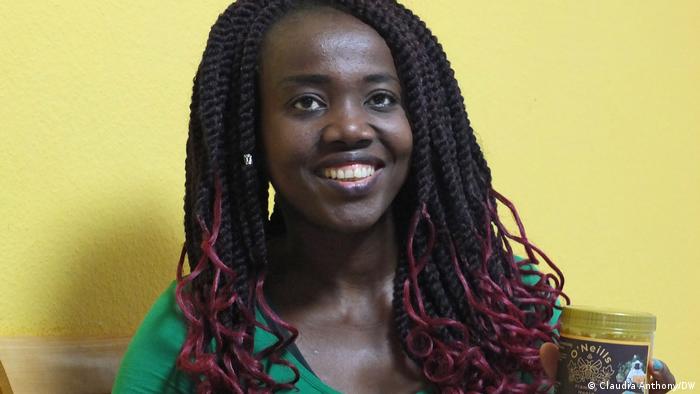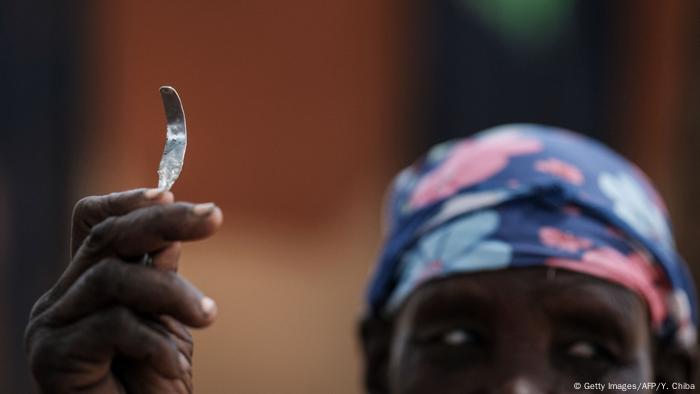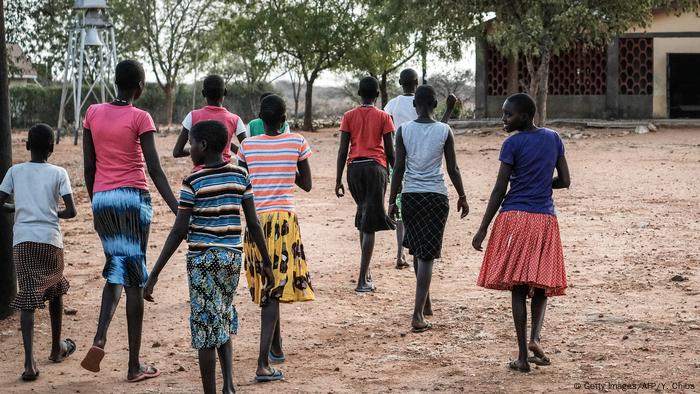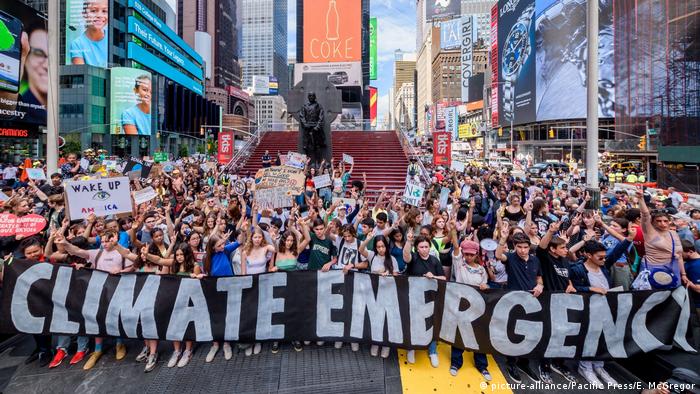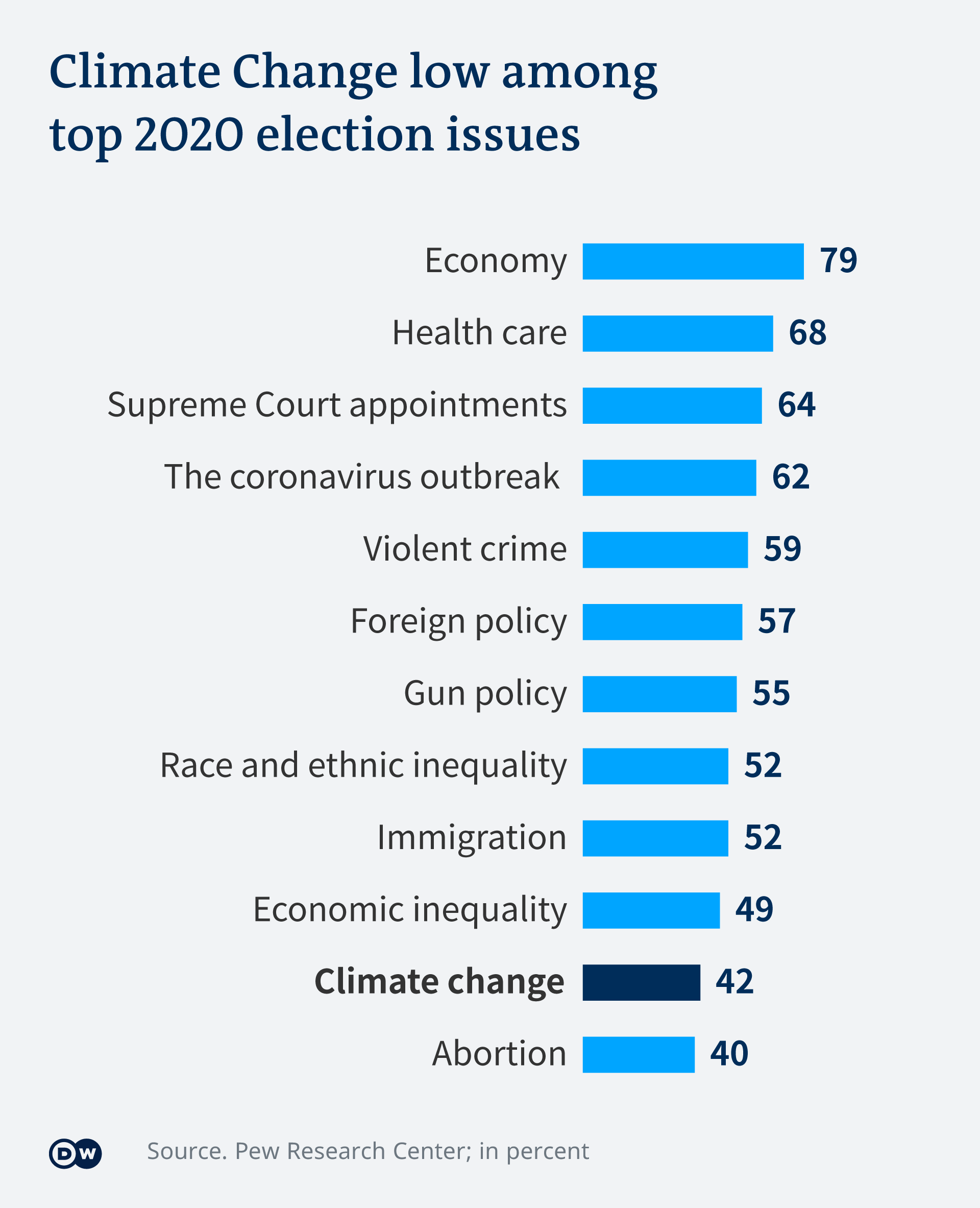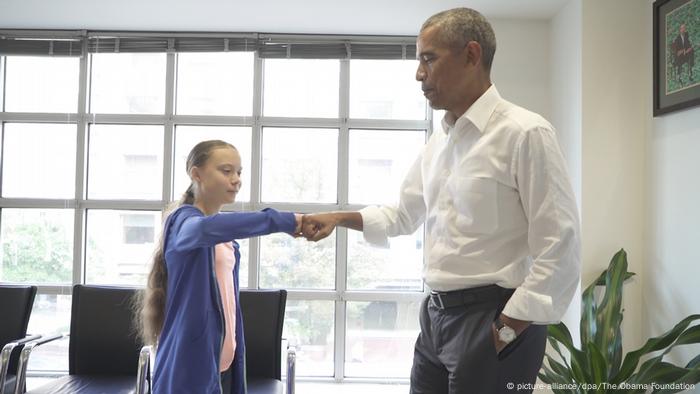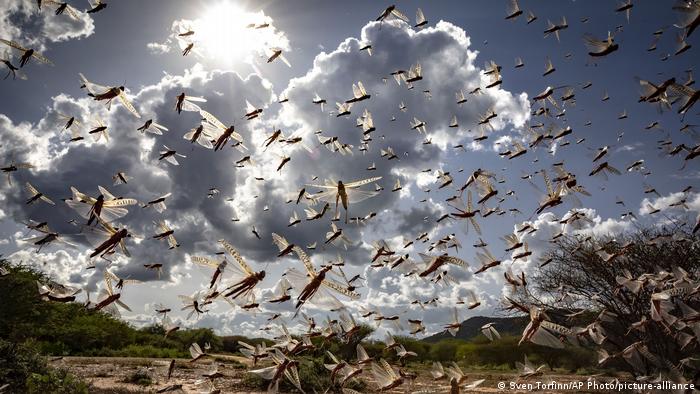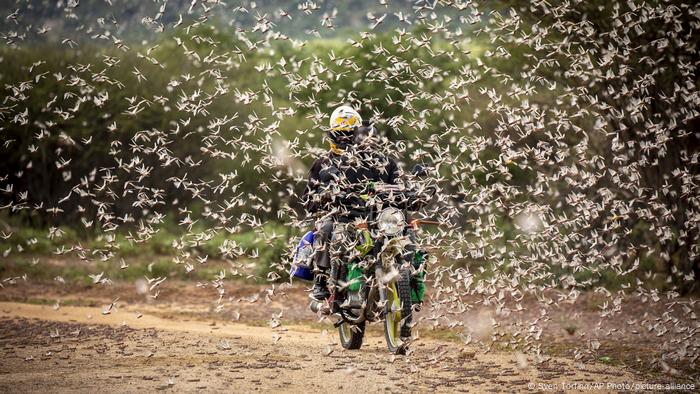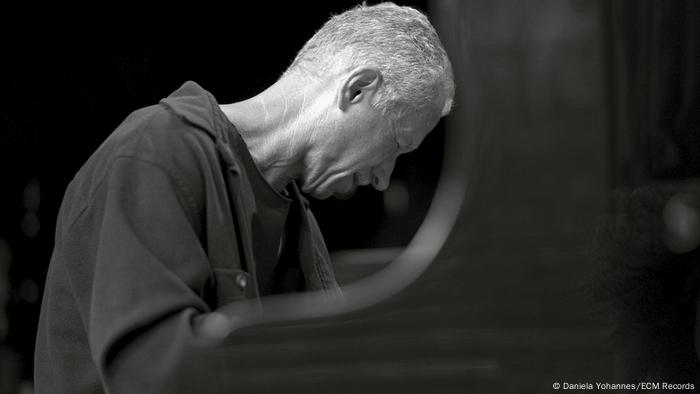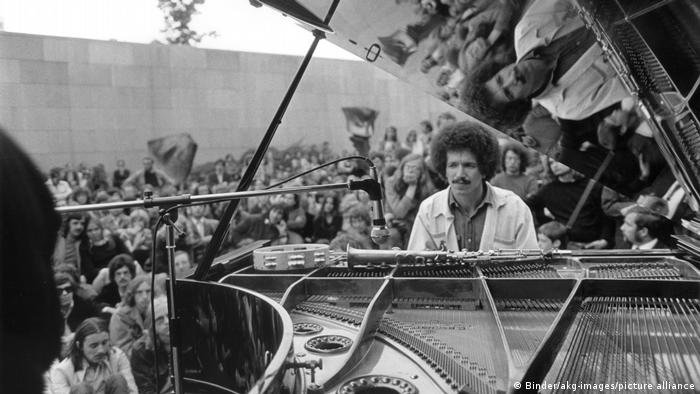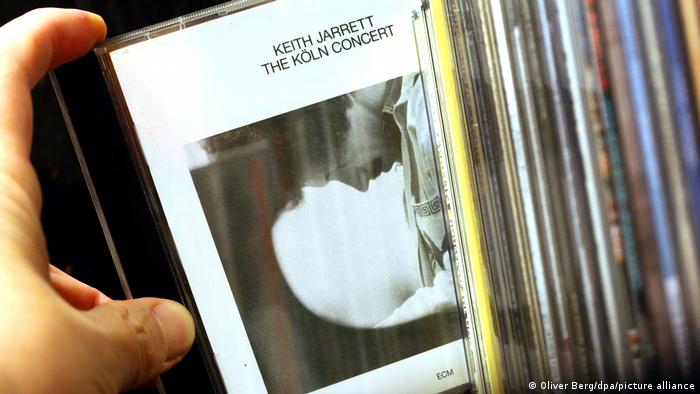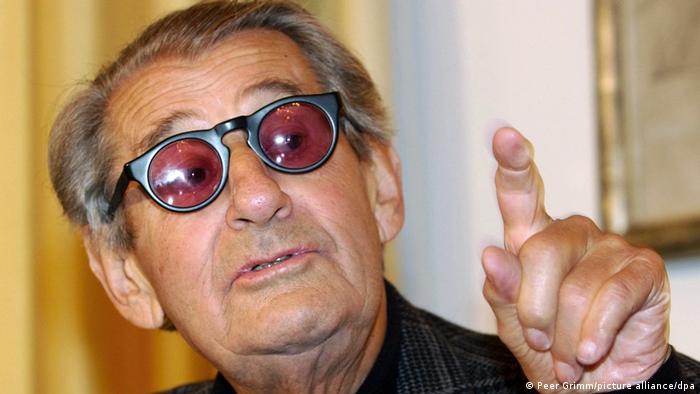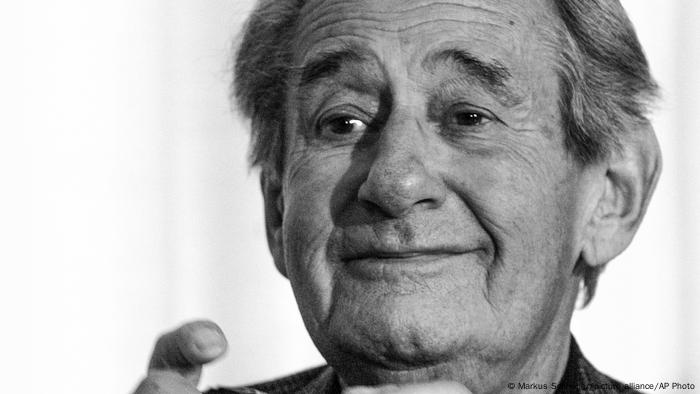NEW BERLIN AIRPORT WELCOMES ITS FIRST PASSENGERS – NINE YEARS LATE
The first touchdown at BER was an easyJet aircraft, just ahead of Lufthansa
Simon Calder
Travel Correspondent@SimonCalder
Nine years late and billions of euros over budget, Berlin’s new airport has finally welcomed its first passengers.
Berlin's new airport is ready. But will it go bankrupt before it takes off?The first touchdown at BER was an easyJet aircraft, just ahead of Lufthansa
Simon Calder
Travel Correspondent@SimonCalder
Nine years late and billions of euros over budget, Berlin’s new airport has finally welcomed its first passengers.
At 2pm a special easyJet flight from the old Tegel airport touched down at BER, as it is known, just ahead of an arrival by Lufthansa. The first arrival was met by a “water salute’ from the airport firefighters. But the celebrations were muted, due both to the coronavirus pandemic – which has traumatised airlines and airports – and a delay that has become a national embarrassment.
Planning for a new hub for the German capital began shortly after unification three decades ago. The site was chosen in 1996: south of the old East Berlin airport, Schoenefeld, which is currently used by a range of budget airlines.
Berlin Brandenburg Airport Willy Brandt, to give it the full name, was originally due to open in 2011.
Two villages, Diepensee and Selchow, were relocated and the residents compensated.
But poor planning and multiple construction blunders delayed the opening by almost a decade, while the cost of the new airport rose to €10bn (£9.1bn) – almost four times the original estimate.
Many of the problems stemmed from flawed design coupled with shoddy workmanship – but bribery and corruption was also involved.
The fire protection system, and the smoke exhaust process, was at the heart of the delays.
At one stage it was proposed to have a team of 700 human fire spotters while the necessary engineering work was completed.
A member of the Lufthansa supervisory board recommended that the whole airport should be torn down and rebuilt, while an airport spokesman was sacked after saying: “Only someone dependent on medication will give you any firm guarantees for this airport.”
Some fixtures including display screens have already had to be replaced because they have reached the end of their design life.
The airport authority hopes that the catalogue of expensive errors will quickly be forgotten once passengers become accustomed to BER, as it has become known.
It replaces the old Tegel airport in former West Berlin, which is to close within a week. The old Schoenefeld terminal, a scruffy hangover from the days of the German Democratic Republic, will continue to function as Terminal 5 of the new airport and remain the home to Europe’s biggest budget airline, Ryanair.
The honour for the first flight to the new terminal, though, went to easyJet flight 3110 (signifying the date), which landed just ahead of Lufthansa’s flight 2020.
The easyJet Airbus had flown from Tegel airport, crossing the former Berlin airport at Tempelhof. On board was the airline’s chief executive, Johan Lundgren.
Speaking exclusively to The Independent before the flight, he said: “We’re extraordinarily delighted today. This is something that we’ve been waiting quite a long time for, as you can imagine.
“We consider ourselves the home carrier for Berlin. We’ve been operating here since 2004. Last year we had 12 million customers here.”
Following the collapse of Air Berlin in 2017, easyJet consolidated its position at the German capital.
It has the logistical challenge of moving 34 aircraft from Tegel to BER, of which the maiden passenger flight was one.
BER was originally intended to be a major hub airport to rival Frankfurt, Amsterdam, Paris CDG and London Heathrow. But Lufthansa has shown little interest, with the only destinations being Frankfurt and Munich.
The main customers will be easyJet and Ryanair, along with Lufthansa’s budget subsidiary, Eurowings, flying “point-to-point” within Europe.
The only long-haul destinations are Beijing and Ulan Bator.
The list of airlines that are not flying to BER is as significant as those which are. Giant carriers such as Emirates, Cathay Pacific, Singapore Airlines are not on board, and no American carrier is present – though United may start flying to New York Newark in March 2021.
After the original opening date of October 2011 was missed, an elaborate opening ceremony was planned for June 2012. The first departure was intended to be a Lufthansa Airbus A380 flying from Berlin to Frankfurt. But the opening was postponed with less than four weeks to go, and the airport was plunged into eight more years of redesign, rebuilding and recrimination.
Instead of the Lufthansa “superjumbo,” the maiden flight is an easyJet Airbus A320 going to Gatwick at 6.45am on 1 November.
Planning for a new hub for the German capital began shortly after unification three decades ago. The site was chosen in 1996: south of the old East Berlin airport, Schoenefeld, which is currently used by a range of budget airlines.
Berlin Brandenburg Airport Willy Brandt, to give it the full name, was originally due to open in 2011.
Two villages, Diepensee and Selchow, were relocated and the residents compensated.
But poor planning and multiple construction blunders delayed the opening by almost a decade, while the cost of the new airport rose to €10bn (£9.1bn) – almost four times the original estimate.
Many of the problems stemmed from flawed design coupled with shoddy workmanship – but bribery and corruption was also involved.
The fire protection system, and the smoke exhaust process, was at the heart of the delays.
At one stage it was proposed to have a team of 700 human fire spotters while the necessary engineering work was completed.
A member of the Lufthansa supervisory board recommended that the whole airport should be torn down and rebuilt, while an airport spokesman was sacked after saying: “Only someone dependent on medication will give you any firm guarantees for this airport.”
Some fixtures including display screens have already had to be replaced because they have reached the end of their design life.
The airport authority hopes that the catalogue of expensive errors will quickly be forgotten once passengers become accustomed to BER, as it has become known.
It replaces the old Tegel airport in former West Berlin, which is to close within a week. The old Schoenefeld terminal, a scruffy hangover from the days of the German Democratic Republic, will continue to function as Terminal 5 of the new airport and remain the home to Europe’s biggest budget airline, Ryanair.
The honour for the first flight to the new terminal, though, went to easyJet flight 3110 (signifying the date), which landed just ahead of Lufthansa’s flight 2020.
The easyJet Airbus had flown from Tegel airport, crossing the former Berlin airport at Tempelhof. On board was the airline’s chief executive, Johan Lundgren.
Speaking exclusively to The Independent before the flight, he said: “We’re extraordinarily delighted today. This is something that we’ve been waiting quite a long time for, as you can imagine.
“We consider ourselves the home carrier for Berlin. We’ve been operating here since 2004. Last year we had 12 million customers here.”
Following the collapse of Air Berlin in 2017, easyJet consolidated its position at the German capital.
It has the logistical challenge of moving 34 aircraft from Tegel to BER, of which the maiden passenger flight was one.
BER was originally intended to be a major hub airport to rival Frankfurt, Amsterdam, Paris CDG and London Heathrow. But Lufthansa has shown little interest, with the only destinations being Frankfurt and Munich.
The main customers will be easyJet and Ryanair, along with Lufthansa’s budget subsidiary, Eurowings, flying “point-to-point” within Europe.
The only long-haul destinations are Beijing and Ulan Bator.
The list of airlines that are not flying to BER is as significant as those which are. Giant carriers such as Emirates, Cathay Pacific, Singapore Airlines are not on board, and no American carrier is present – though United may start flying to New York Newark in March 2021.
After the original opening date of October 2011 was missed, an elaborate opening ceremony was planned for June 2012. The first departure was intended to be a Lufthansa Airbus A380 flying from Berlin to Frankfurt. But the opening was postponed with less than four weeks to go, and the airport was plunged into eight more years of redesign, rebuilding and recrimination.
Instead of the Lufthansa “superjumbo,” the maiden flight is an easyJet Airbus A320 going to Gatwick at 6.45am on 1 November.
Twenty-eight years and 550,000 faults later, Berlin's new airport is finally set to open to air traffic on October 31. However, serious questions remain about the financial situation of the company that owns it.
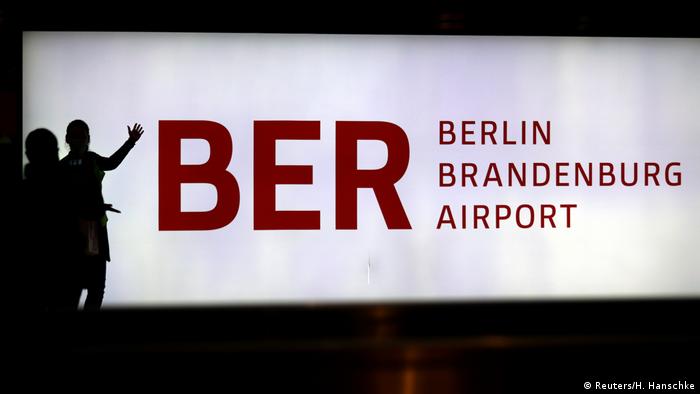
Nearly 10 years later than its original planned opening date, Berlin Brandenburg Airport (BER) finally opens to planes this Saturday, October 31. Few could begrudge those still involved in the project some mild celebration, given the decade of disaster that has defined the most famous unfinished airport in the world.
But even once the marshalers have finally beckoned the first planes to the gates, there is still one major, potentially unfixable snag facing the airport — its finances.
It's not just the fact that the project has dramatically gone over budget to the tune of more than €4 billion ($4.67 billion), although that remains a serious problem.
Since the pandemic struck, Flughafen Berlin Brandenburg Gmbh (FBB), the company that owns the new airport as well as the soon-to-be former Tegel and Schönefeld airports, has seen its revenues dramatically hit as a result of the global crisis in aviation.
Taxpayers on the hook
FBB is funded entirely by taxpayers in Germany. The German states of Berlin and Brandenburg each own 37%, with the remaining 26% owned by the federal government. This year the company required emergency additional funding on top of its normal funding. That amounted to €300 million, with about one-third given as a grant and two-thirds as loans.
Watch video03:59
Is Berlin's BER Airport finally taking off?
That money was needed to stave off insolvency. "Without the financing commitment of the shareholders, FBB's solvency would not have been secured for 2020," Federal Finance State Secretary Bettina Hagedorn wrote in a letter to the German parliament's budget committee.
That's not all. Even before the pandemic collapsed global aviation, FBB had already signaled that it would need €375 million in funding for 2021, mostly due to the fact that various bills for the construction of the new airport have yet to be settled.
The dramatic fall in airline passengers and therefore revenues means much more money will be needed in 2021. Earlier this month, FBB's supervisory board agreed that it would take out loans of €552 million from its tax-funded backers next year.
This all comes on top of the fact that the extra billions already required to finish the airport have already been funded by the state in the form of loans and investments.
The company has been quite up front about its problems. Speaking on RBB's Inforadio on Thursday, Rainer Bretschneider, chairman of the FBB supervisory board said: "It's not a question of delayed bankruptcy. But the situation is serious."
New airport, no passengers
Even though FBB itself has been the primary author of its own downfall over the years, the particular circumstances it finds itself in now are not entirely its own fault, according to Tomaso Duso, head of firms and markets at DIW Berlin, an economic institute.
"FBB is facing the same dramatic situation as any other airport around the world," he told DW. "The formidable reduction of passengers following the COVID pandemic substantially reduced the profitability of airports not only because there are less flights but also because a large amount of the airports' revenues, especially for large airports as BER, stems from non-aviation activities like parking, shopping, restaurants."
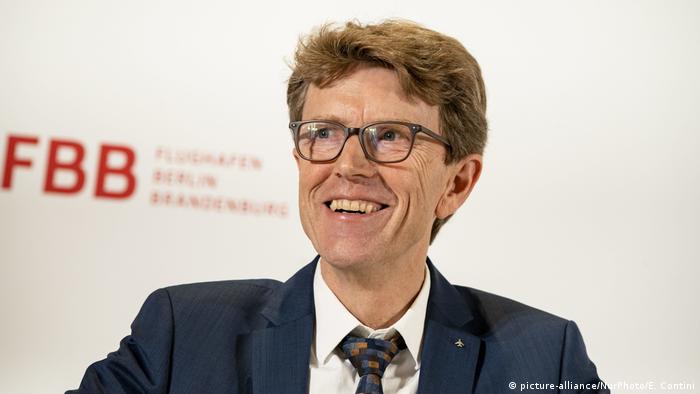
Engelbert Lütke Daldrup, CEO of FBB, says the pandemic currently defines the company's financial situation
The pandemic clearly defines the severity of the current circumstances. Engelbert Lütke Daldrup, the CEO of FBB, said recently: "As long as the coronavirus determines travel and air traffic, the economic effects are considerable."
Daso says that, should the aviation sector become "normalized" again during the course of 2021, BER could become profitable. However, as he acknowledges, the airport's history makes such predictions highly uncertain. Lütke Daldrup only expects the airport to be functioning at 50% of normal capacity next year, up from what would have been around 30% this year.
The idea that BER, even when long open and functioning, will become a black hole for German taxpayers' money is palpable in political circles.
Finance Minister Olaf Scholz from the Social Democrats (SPD) says he is confident that FBB will generate profits eventually. Members of the political opposition in the German parliament though, namely the Green Party and the Free Democrats, have been scathing about the drain the airport has been and could continue to be on public finances.
Holding (company) out for a hero
When the BER saga was dragging on to incomprehensible lengths, the amount of time between its planning and eventual opening led to fears it would not have the required capacity to handle the increase in Berlin air passengers.
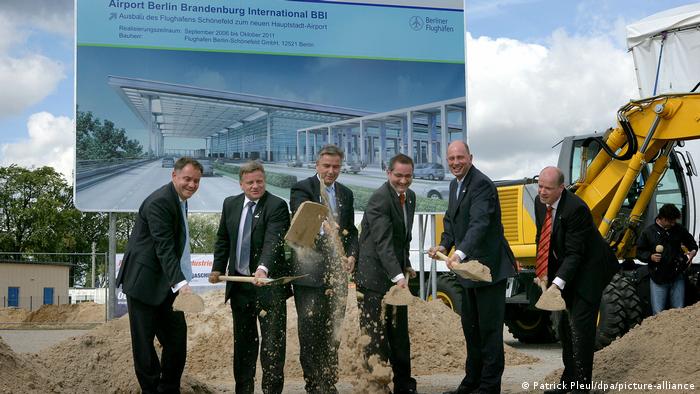
Dig faster: work started in earnest on the new airport back in September 2006
Now it has the opposite problem. Last year, around 36 million passengers used Tegel and Schönefeld. This year, the total volume for the city's airports, old and new, will be just 10 million. Next year FBB expects around 18 million.
With such uncertainty over the core part of the airport's business model, the possibility of private investment has been floated. Bretschneider himself suggested he was open to it but says the "shareholders see it differently." However, he said that first of all the airport would have to get out of the crisis and become profitable in order to be attractive for investors.
Publicly owned airports are not uncommon says Duso, though there is no guarantee that a privately run BER, especially one that is only partially private, would automatically be more profitable.
"While, in theory, private owners are considered to be more efficient caretakers of the assets, the existing evidence does not allow a definitive conclusion on this issue," he said.
"Yet, some studies indicate that partially privatized airports are less efficient than fully publicly owned ones as, overall, managerial autonomy stands out as a key factor in increasing airport efficiency."
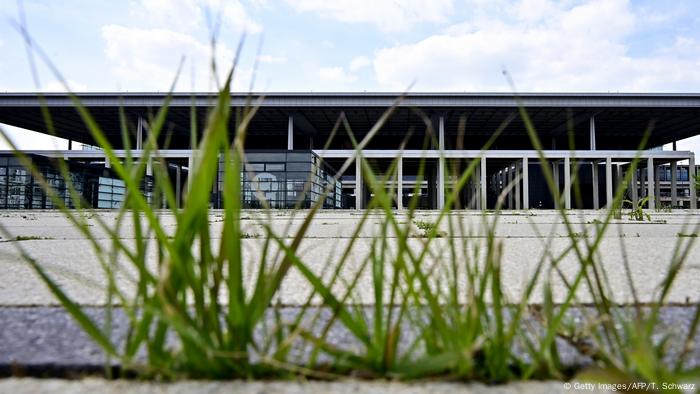
The new airport is set to finally open on October 31
Flying out of the storm
Even if BER goes down the road of seeking private investment, the big question is whether it can become profitable in its own right in a post-pandemic world. At the moment there is considerable uncertainty over how the aviation sector itself can even return to pre-pandemic levels.
On top of that is the fact that BER has its own special non-pandemic financial problems related to its much-delayed opening.
Given the airport's now critical importance for the city of Berlin, it is very hard to imagine a scenario where the three government stakeholders would not continue to bail it out, so bankruptcy or insolvency seems highly unlikely.
Their best hope is that the airport eventually turns a profit on its own. For those of little faith, the fact that the airport has opened at all might offer some comfort.
DW RECOMMENDS
'Ready, set, test!': Berlin's long-delayed airport undergoes dress rehearsal for October opening
Several hundred volunteers have put Berlin's new airport to the test, launching a series of trial runs ahead of its planned opening in October. The thorough scrutiny of operations came — you guessed it — after a delay.
Opinion: The Shame of Berlin. Why can't the city build an airport?
Berlin's unfinished airport just started adding a new terminal, even though the original structure is still not open. Despite a major test run of systems in the first building DW's Henrik Böhme just isn't convinced.
Now it's firewalls at Berlin's ill-fated BER airport
It has been discovered that 600 fire-resistant walls were improperly installed at the folly-plagued BER airport. Last week, it was found that ceiling panels were dangerously fitted with ventilators that were too heavy.
Berlin's new airport finally opens: A story of failure and embarrassment
Conception to operation has taken 30 years, with seven missed opening dates — rather than a symbol of a revitalized German capital, the new airport has been one of Germany's most glaring public scandals in recent memory.
Watch video03:59
Is Berlin's BER Airport finally taking off?
The Berlin-Brandenburg Airport (BER) was slated to open on June 3, 2012. It wasn't the first time the project missed its deadline, but it was the most memorable.
So great was the anticipation, public broadcaster rbb planned to go live for 24 hours covering it. So great was the disaster thereafter, the German satire site, The Postillon, proposed a new grammatical form for discussing the airport's conditional opening — an event repeatedly kicked down the tarmac never to actually happen.
Just before the opening date, inspectors reported some 120,000 defects, including fire safety issues, automatic doors that didn't open and sagging roofs. Around 170,000 kilometers (106,000 miles) of cable installed in and around the airport were found to be dangerously wired. Some lights couldn't turn on; others couldn't turn off.
It has taken more than nine years, and a series of well-paid airport company managers, to sort out the problems at Berlin's new international airport — also called Willy Brandt Airport, after the late leader of West Berlin and then West Germany. And now that airport officials say it is ready for takeoff, few airplanes are likely to do so. The coronavirus pandemic has thrown the airline and travel industries into disarray. Through August, Berlin's air passenger traffic is down nearly 70% from the same period last year.
Read more: 'Ready, set, test!': Berlin's long-delayed airport undergoes dress rehearsal
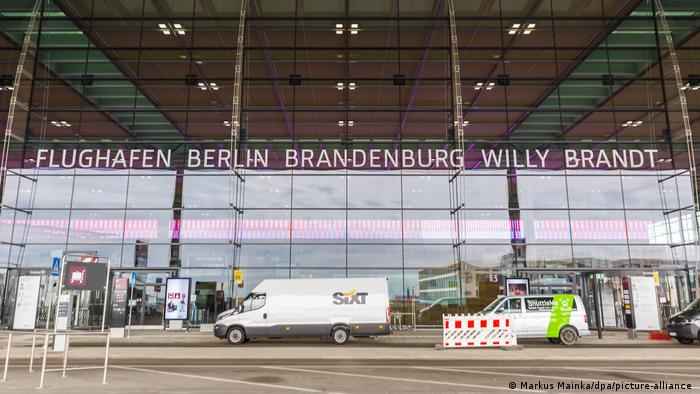
BER's previous opening date was in 2012
Under capacity and overpriced
In terms of capacity, that may be good news, even if it's for the wrong reason. BER was designed to handle 27 million passengers a year. In 2019, more than 35 million people passed through Tegel and Schönefeld, Berlin's existing overburdened airports, which are set to respectively close and merge with BER. Pandemic fears aside, tourism analysts project steady growth in visitors to the German capital.
An expansion is already in the works to meet the extra demand, should it ever return. That could cost another €2.3 billion ($2.7 billion) by 2030, or about as much as the entire project's original budget. Actual costs stand at over €7 billion ($8.2 billion), a bill shared between the states of Berlin and Brandenburg and Germany's federal government. Together they back the FBB, the company that operates Berlin's airports and has overseen construction of the new one.
The delays and cost overruns have dovetailed with the pandemic losses. Without an additional €300 million in grants and loans from the state, Germany's Finance Ministry reported in September that the FBB would be bankrupt before the airport opens on October 31. It may need more than €1 billion over the next few years to stay aloft. If the state does not want to — or cannot — find a way to privatize the company, even partially, those costs remain the taxpayers' to cover.
Inauspicious start
The globally recognized Made-in-Germany brand has taken a beating. The airport was meant to stand for everything Berlin has hoped to become — a reunited global city worthy of serving as the capital of one of the world's largest economies. Instead, the Berlin-Brandenburg Airport has come to represent everything Berlin has been long mocked for: inept public administration and financial mismanagement, incapable of seeing big projects through.
The project got off to a rocky start. First dreamed up in 1990, shortly after the fall of the Berlin Wall and German reunification, it took six years to settle on a spot to build. The official groundbreaking didn't happen for another decade. Private investors scattered when their risk alarms flashed red, leaving the state alone to finance and oversee construction. Even the airport's original code, BBI (Berlin-Brandenburg International), had to be changed because an airport in India was already using it.
Whether due to new requests from the state or updated safety regulations from the European Union, the airport's architects had to regularly amend their plans. The original opening in October 2011 had to be pushed back eight months, in large part due to one of the project's main contractors going under. More bankruptcies would follow.
In his book "Black Box BER," chief architect Meinhard von Gerkan blamed political pressure to get the job done, despite "protest from project management." He and others have accused the FBB of trying to cover up problems, manipulating reports before they reached the oversight board, which was at the time led by then Berlin Mayor Klaus Wowereit, a big-time airport advocate.
Watch video02:33
Berlin's new airport on test amid coronavirus pandemic
Things fall apart
In May 2012, just weeks before the scheduled opening, BER was denied operating approval. Wowereit had resigned from the oversight board by the end of 2014. Gerkan and his team were sent packing. Their replacements searched in vain for the building plans, only for some of them to turn up in a dumpster, an incident that triggered a police investigation. Engelbert Lütke Daldrup, a mid-level career civil servant, has been FBB chairman since 2017 — the fourth person to fill that role since the airport's initial delayed opening.
Aside from public shaming, three parliamentary committee investigations along with years of general uproar and eye-rolling have led to no consequences for anyone involved in the decades-long, state-funded debacle. Daldrup was under investigation for allegedly mischaracterizing the FBB's financial situation, but the case was dropped by state prosecutors.
The fiasco may not end with BER's opening on October 31. Critics wonder whether an airport designed in the early 2000s is compatible with the technology and travel habits of 2020 and beyond.
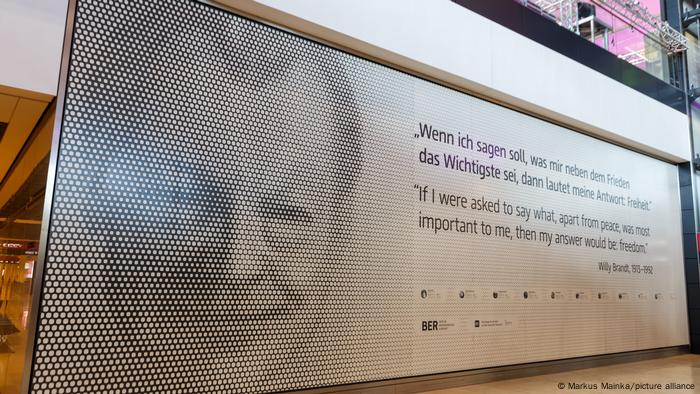
The airport is named after former Berlin Mayor and West German Chancellor Willy Brandt
Germany's rail company, Deutsche Bahn, has no immediate plans to offer a high-speed rail connection, as other major German airports enjoy. Just one long-distance train will stop at BER; otherwise, passengers will have to take commuter or regional rail into Berlin and change at the central station for onward travel — or go the climate-unfriendly route by connecting to a domestic flight.
Government officials including Chancellor Angela Merkel may face some travel inconvenience, too. When Germany moved its capital from Bonn to Berlin after reunification, its fleet of aircraft did not come along, due to lack of space at Berlin's smaller airports. BER was meant to change that, but Germany's armed forces, the Bundeswehr, says there is only enough space to keep seven of its 19 planes there. The rest will have to keep flying in, empty, from the Cologne-Bonn Airport — on the other side of the country — to pick up VIP passengers, much to the dismay of climate activists and government accountants.
The most airport investigators and oversight authorities have been able to conclude from years of setbacks and unmet promises is that the BER epic is a top-to-bottom, start-to-finish failure. Many of those responsible for it will be on hand to celebrate its unfashionably late opening.
It may be a more muted moment for those close to the airport's famous namesake, Willy Brandt. While a spokesman for the Willy Brandt Foundation told DW it welcomes the airport's opening and its association with the late chancellor, his children reached for comment preferred to stay silent.
Sabine Kinkartz contributed to this report.



